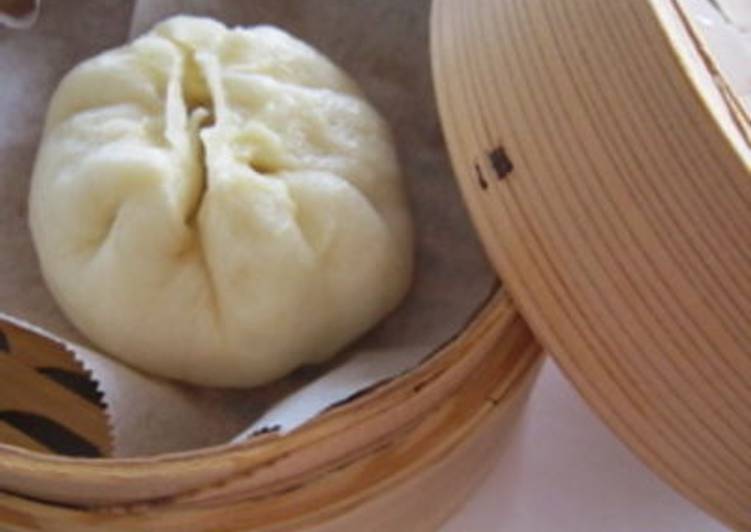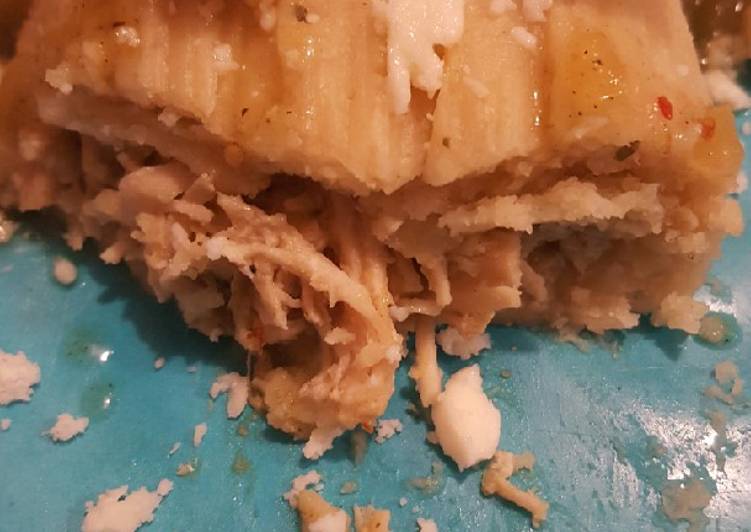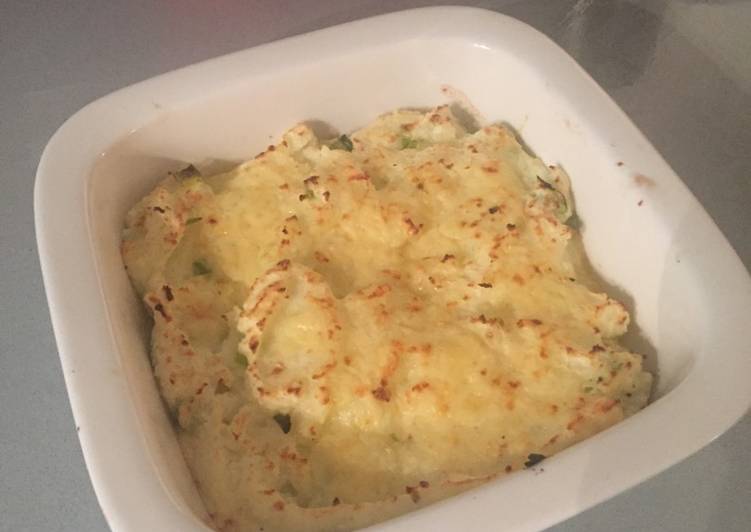
Hey everyone, it’s me, Dave, welcome to our recipe site. Today, I’m gonna show you how to make a distinctive dish, homemade chinese steamed buns with pork (nikuman). It is one of my favorites. For mine, I am going to make it a little bit unique. This will be really delicious.
Let's make meat mixture for Nikuman. Add salt, pepper, sugar, oyster sauce, five-spice powder, sesame oil and stir lightly. We are making Japanese freshly steamed pork bun Nikuman, a perfect recipe for those cold days.
Homemade Chinese Steamed Buns with Pork (Nikuman) is one of the most favored of current trending foods in the world. It is enjoyed by millions every day. It’s easy, it is quick, it tastes delicious. Homemade Chinese Steamed Buns with Pork (Nikuman) is something which I’ve loved my whole life. They’re nice and they look wonderful.
To get started with this particular recipe, we have to first prepare a few ingredients. You can have homemade chinese steamed buns with pork (nikuman) using 19 ingredients and 8 steps. Here is how you can achieve it.
The ingredients needed to make Homemade Chinese Steamed Buns with Pork (Nikuman):
- Make ready **Dough**
- Get 1/2 cup Milk (125 ml)
- Prepare 1 Tbsp vegetable oil
- Prepare 1/4 tsp salt
- Make ready 1 cup all-purpose flour (250 g)
- Get 3 Tbsp Sugar
- Make ready 1 tsp dry yeast
- Prepare 1 tsp baking powder
- Prepare **Filling**
- Prepare 170 g Ground Pork
- Make ready 3 shiitake mushrooms
- Take 1 Japanese leek or green onion(you don't have to use green part of leek)
- Make ready 1/2 Tbsp grated ginger root
- Prepare 1/2 tsp sesame oil
- Make ready 1/2 tsp salt
- Prepare 1 Tbsp soy sauce
- Prepare 1/2 tsp sugar
- Make ready 1/2 Tbsp mirin (sweet sake)
- Take to taste pepper
I love eating Japanese Steamed Pork Bun (Nikuman)! They taste very similar to the ones you get at Chinese dim sum restaurants. I always found the idea of making them a bit intimidating because I don't know what goes into making steamed buns. Make the dough: In a small pot over low heat, whisk together cornstarch and water.
Instructions to make Homemade Chinese Steamed Buns with Pork (Nikuman):
- Cut wax paper into 4 inch × 4 inch squares. Warm milk to body temperature.
- Mix all dough ingredients in a bowl. Knead for about 10 minutes. Cover a bowl with plastic wrap and let rise in warm place until double in size. (about 30 to 60 minutes.)
- Let's make the filling next! Mince leek and shiitake mushrooms. In a bowl, combine all the filling ingredients together. Keep in refrigerator.
- Punch down dough! Divide it into 8 equal sized pieces and roll it into ball shape. Cover loosely with clean well-wrung cloth. Bring water to boil and get a steamer ready.
- Roll each dough into flat circle shape with a rolling pin.
- Place 1/8 of filling mixture on a dough and wrap up, then put each of them on a piece of wax paper.
- When steam starts to rise from the steamer, turn down the heat. Place buns on steamer tray leaving about 2 inch between each buns.(Be careful not to get burned!! The steamer is very hot!!!) Put on the steamer lid. Turn the heat up to high and steam for 12 to 15 minutes.
- Yummy!
Remove from heat, add in honey and ¼ cup milk and whisk until incorporated. Nikuman is the Japanese name for the Chinese baozi (包子,肉包), also known as Chūka Man (中華まん). These steamed buns are made from flour dough and filled with meat and other ingredients. In western Japan (西日本) including Osaka, they are called Buta Man (豚まん). Everyone has staples in their freezer–a pint of ice cream, a box of waffles, or a bag of frozen peas.
So that is going to wrap this up for this special food homemade chinese steamed buns with pork (nikuman) recipe. Thanks so much for your time. I’m sure you will make this at home. There is gonna be more interesting food at home recipes coming up. Remember to bookmark this page in your browser, and share it to your loved ones, friends and colleague. Thanks again for reading. Go on get cooking!

